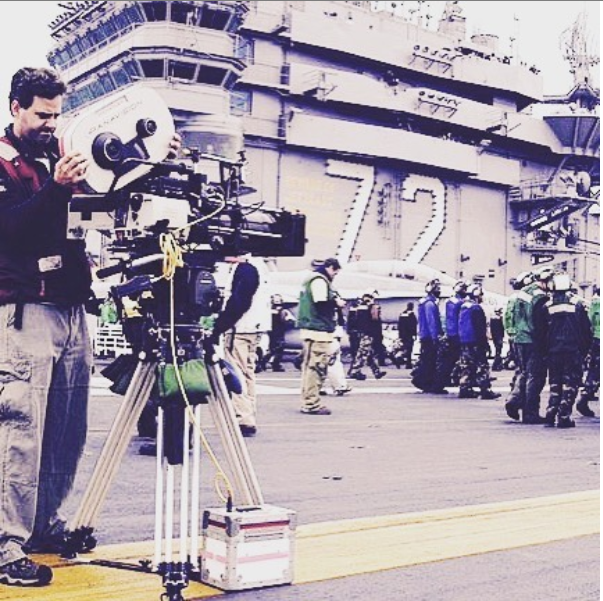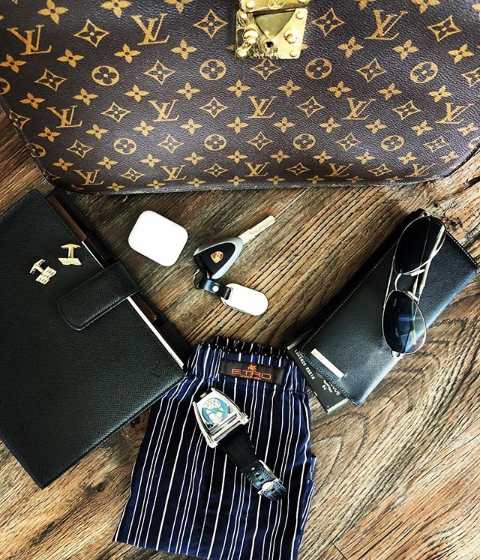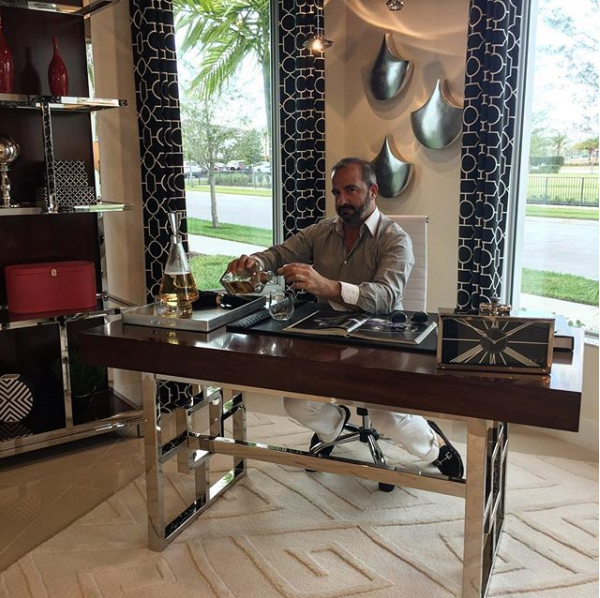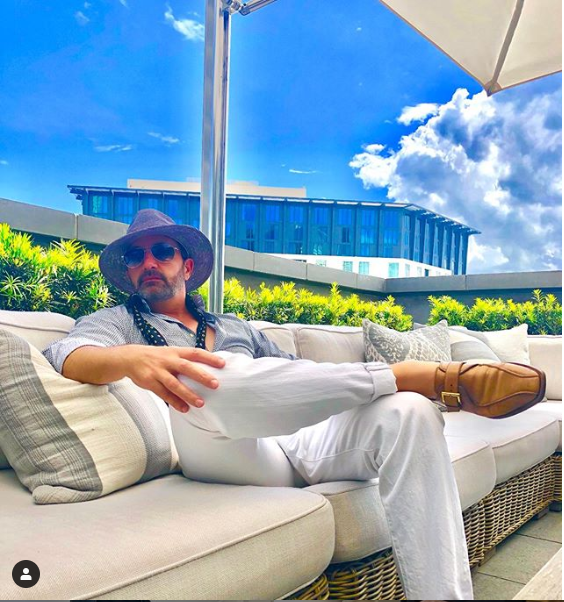In the age of social media, we hear the terms “influencer,” “brand loyalty,” and “brand integration.” But what does it mean to be a “brand agent?” Celebrities and public figures are well aware that they are a marketable product, with many creating their own personal brands that allow them to remain in the spotlight. But with every celebrity comes an attached luxury item and good.
That’s where brand agents like Hollywood’s Lorenzo Rusin come in. Rusin, an Italian brand agent, known for his work on Beverly Hills Cop 4, Terminator: Dark Fate (2019), and Bad Boys for Life (2020), is the guy you want putting those luxurious and exotic cars, sunglasses, and other products in your cinematography.
Rusin breaks down the five steps he and his team takes when receiving that script in preparation of securing brand placement. This interview, originally done with Grit Daily News and Hacker Noon, has been clipped and formatted accordingly.
#1 — Ensuring All NDA’s Are Signed

First and foremost, our team ensures that all the appropriate legal paperwork and non-disclosure agreements (NDA’s) are signed.
This allows us to actually receive the script and discuss any associated materials with the covered parties.
This allows us to actually receive the script and discuss any associated materials with the covered parties.
#2 — Script Delivery and Breakdown

Step two is where we actually receive the script.
Traditionally, the producers/writers would send you the script through snail mail. However, with today’s digital age, we now have specialized software in which we are able to receive and view the script, digitally. While every production company operates differently, there are always NDA’s in place to protect all parties.
Once we receive the script, it is immediately delivered to my team so they can read it and break it down into parts/segments for product and service identification.
#3 — Identify & Associate

Step three, as my team is reading and breaking down the script, we are identifying segments which could be associated with a particular brand(s).
In a situation where we are identifying scenes with clear placement opportunity, but are not associated with a client I represent, I will then reach out to my network to offer them a potential placement opportunity.
Remember, my job is to tell the production company what the product is and why the brand we are presenting to them for association, is the most appropriate.
#4 — Pitching the Opportunity

Step four, once we have identified potential placements, my job is to then contact the brand and/or services company, and present them with the opportunity, subject to the terms of the NDA.
Almost always, I will disclose the name of the project (which as you know, may change along the way for confidentiality reasons) along with some of the cast, and of course the production company. This also includes sharing the synopsis. Our goal is not to share too much information, but rather, provide just enough to gauge their interest and have them sign the necessary agreements if they are willing to move forward in discussion.
At the same time, because I am going into my network of contacts, many of them trust me to send them a good piece of work (one with clout and no negative placements) and they will of course agree. The answer I’m looking for in an email is “yes or no,” in whether they want to move forward or not.
#5 — Getting On the Phone
Finally, if my client agrees, we will then schedule a phone call, which is where I spend a majority of my time, to explain more about the project. This includes learning what’s new in my client (the company’s) product and/or service line, in relation to the estimated release date of the project. Often, we will use a company prototype for a new product — especially for eye-wear and clothing.
Originally taken from Hacker Noon


